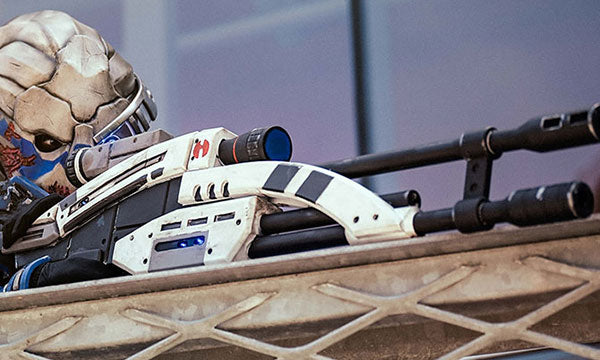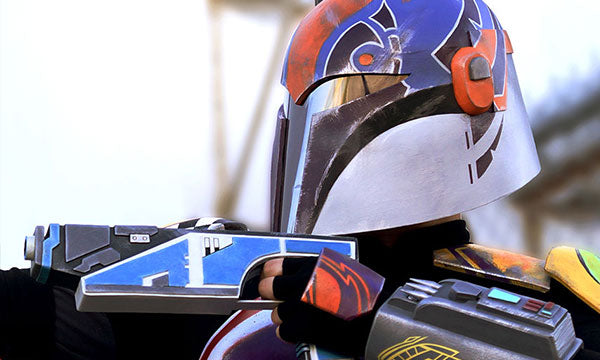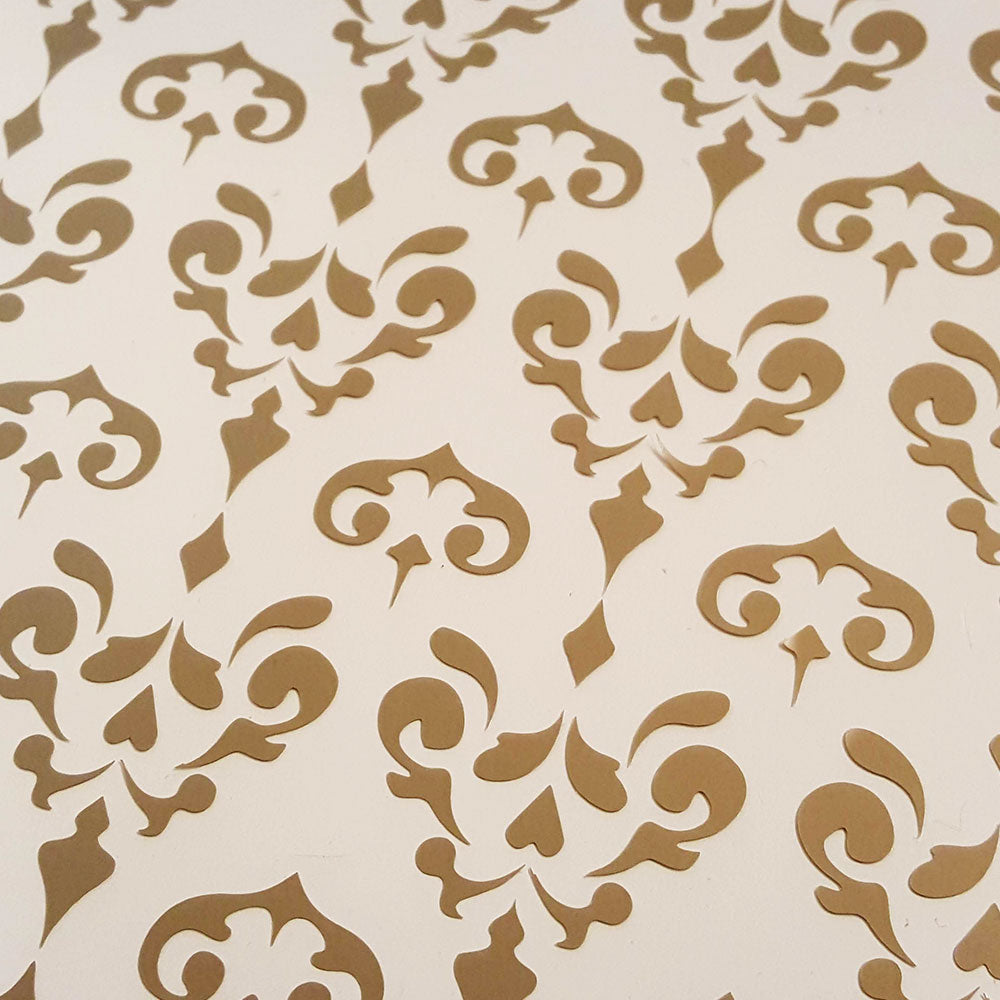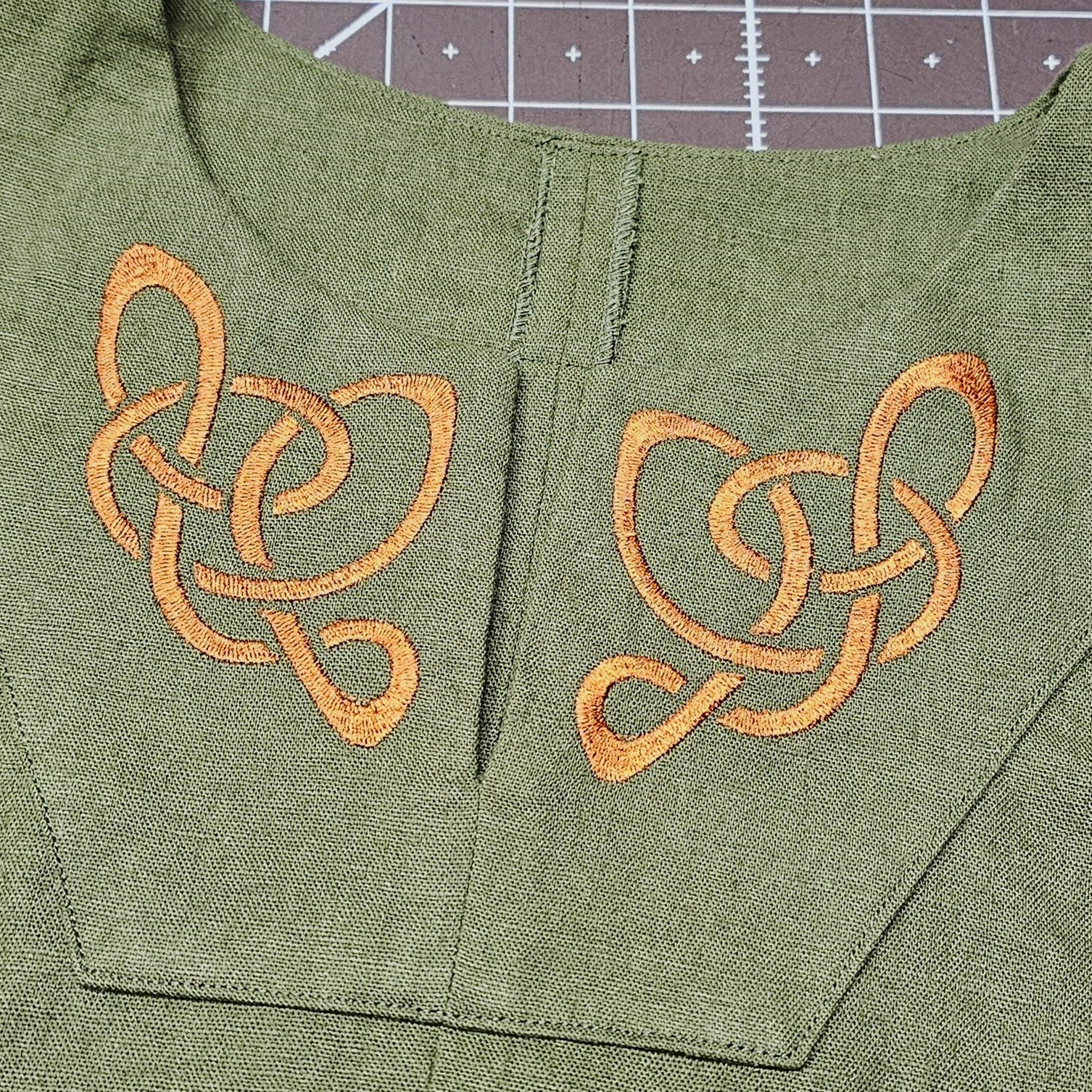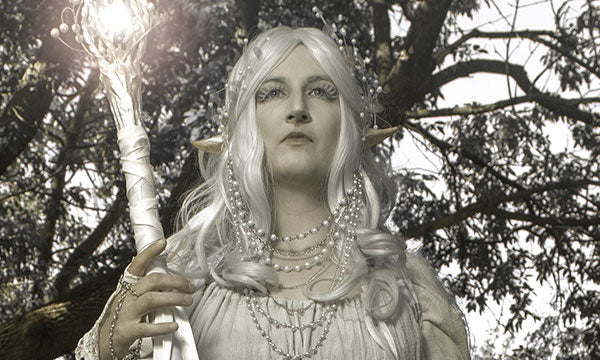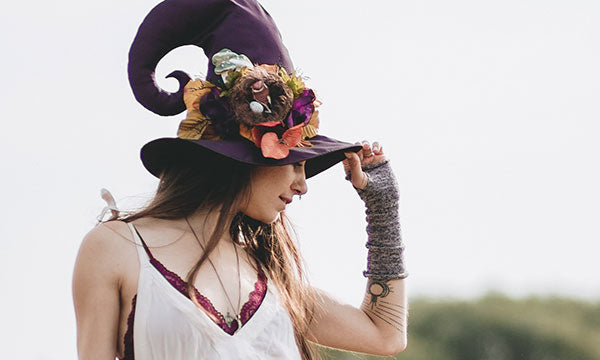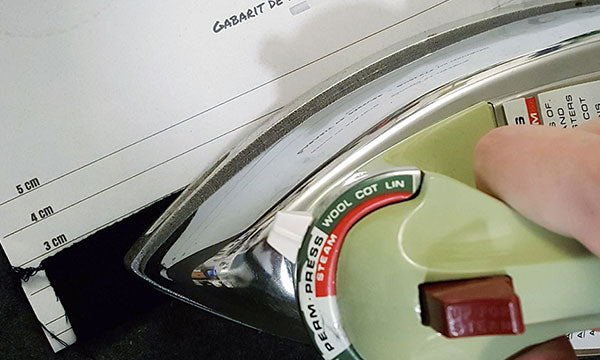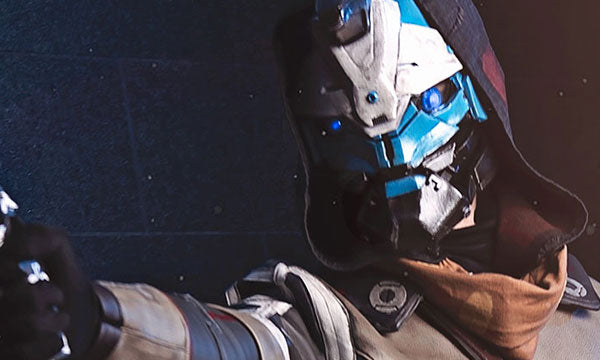Alter your patterns... without too much pain
You know as well as I do that buying a pattern, even your size, doesn't necessarily guarantee a good fit. And that's assuming the pattern you bought is spot on what you want style wize. Which is rarely the case in the world of cosplay. Because you have an EXTRA precise design in mind, and you want to reproduce your favorite character as faithfully as possible.
Well, the pattern you have in hand is probably a pretty-cool-but-not-quite-perfect style. Right?
So, let's talk about alteration. So that you know the right techniques to transform your patterns. And so you don't lose too much hair the next time you need to make changes to a pattern.



